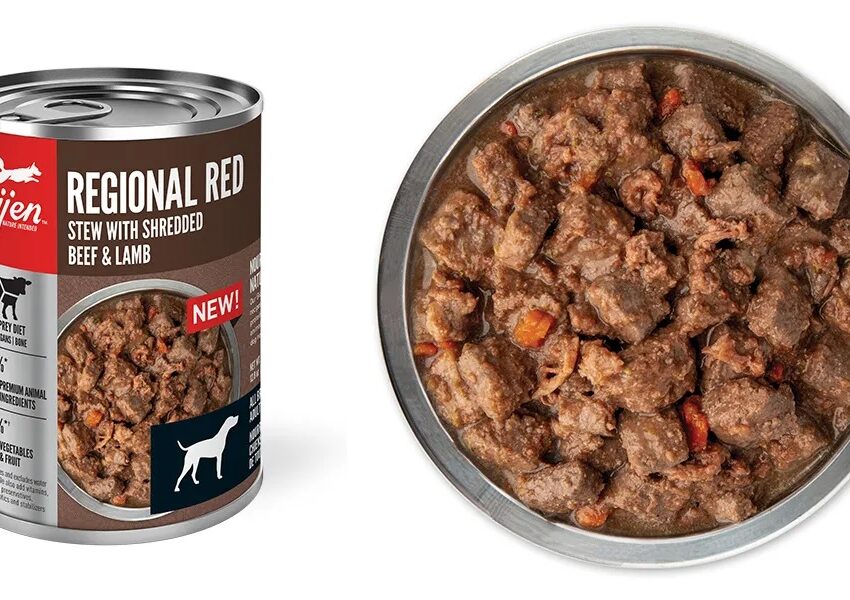As a loving dog owner, one of your top priorities is ensuring that your furry companion receives the best nutrition possible. With a multitude of dog food options available on the market, it’s essential to explore and understand the choices to make the right decision for your canine friend’s health and well-being. In this article, we’ll embark on a journey into the world of dog food, delving into the various options and considerations to provide your best friend with the nourishment they deserve.
Understanding Dog Food Types
The world of dog food offers a variety of options to cater to different preferences, dietary needs, and lifestyles. Here are some of the primary types of dog food:
- Dry Dog Food (Kibble): Dry dog food is the most commonly recognized form of dog food. It consists of small, bite-sized pellets that provide essential nutrients and can help maintain dental health by promoting chewing.
- Canned Dog Food: Canned dog food is available in moist, sealed containers. It often contains higher moisture content and can be more palatable, making it a preferred choice for some dogs.
- Raw Dog Food: Raw dog food, also known as a raw or BARF (Biologically Appropriate Raw Food) diet, consists of uncooked meats, bones, fruits, and vegetables. Advocates believe it mimics a dog’s ancestral diet.
- Homemade Dog Food: Some dog owners prefer preparing homemade meals for their pets, allowing them to have control over ingredients and portion sizes. However, it’s crucial to ensure meals are balanced and nutritionally complete.
- Dehydrated or Freeze-Dried Dog Food: These types of dog food involve removing moisture while preserving nutrients. They are lightweight and convenient for storage and travel.
Key Considerations in Choosing Dog Food
When selecting dog food for your furry companion, several factors should be taken into account:
- Age and Life Stage: Puppies, adult dogs, and seniors have different nutritional requirements. Ensure the food you choose is appropriate for your dog’s life stage.
- Size and Breed: Large and small dog breeds may have varying nutritional needs. Select a formula designed for your dog’s size and breed.
- Health Considerations: Dogs with specific health conditions, such as allergies, sensitivities, or obesity, may require specialized diets. Consult with your veterinarian for guidance.
- Ingredients: Examine the ingredient list to ensure the food contains high-quality, easily digestible ingredients. Look for a named source of protein as the primary ingredient.
- Nutritional Balance: Ensure that the dog food provides a balanced and complete diet, meeting all your dog’s dietary needs.
- Allergies and Sensitivities: If your dog has allergies or food sensitivities, select a formula that is free from common allergens or irritants.
Consulting with Your Veterinarian
Choosing the right dog food can be a daunting task, especially with the abundance of options available. To make an informed decision, consult with your veterinarian. They can offer valuable insights into your dog’s specific needs and recommend a suitable diet that aligns with their health and lifestyle.
Conclusion
Nourishing your best friend with the right dog food is a crucial aspect of responsible pet ownership. By exploring the various dog food options, considering your dog’s age, size, health, and specific needs, and seeking guidance from your veterinarian, you can provide your beloved canine companion with the nutrition they need to lead a healthy, happy, and vibrant life. After all, a well-fed dog is not only a healthy one but also a joyful and cherished member of the family.




